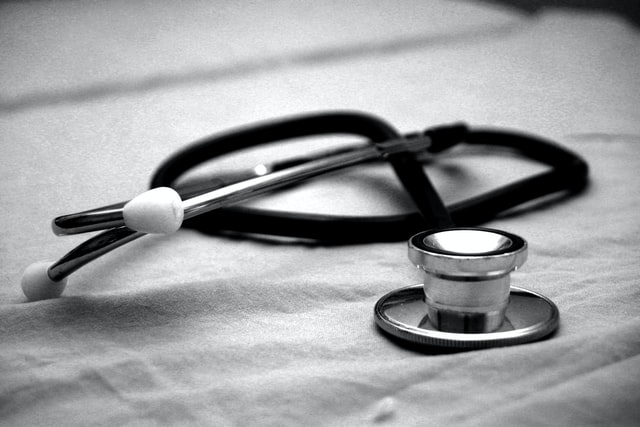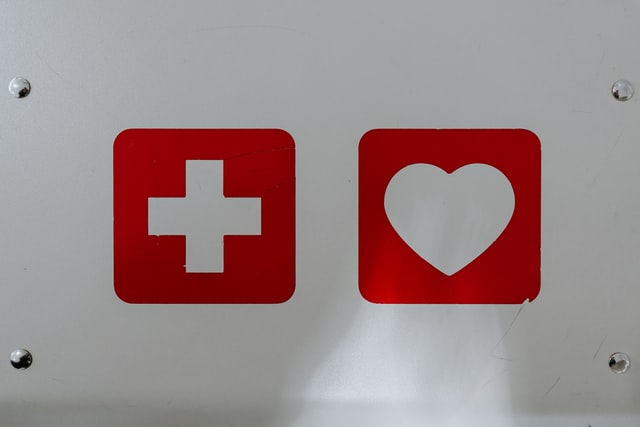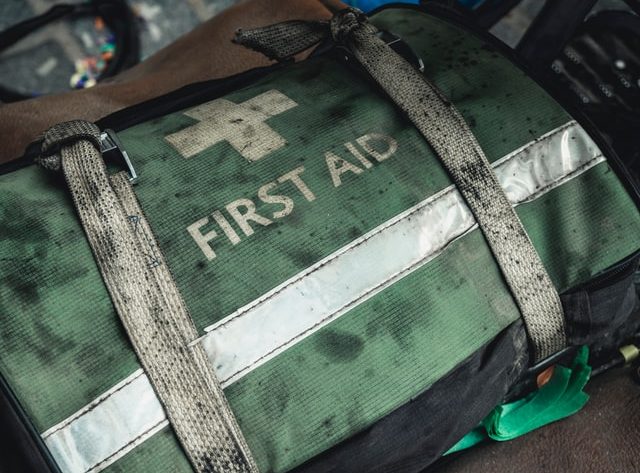Medical

The key is being well rounded in your skills. It is not enough to have a fully stockpiled Med Kit.. You need a balance of updated information and tools to keep you and your family alive and healthy. Take advantage of your resources, while you have access to the Internet, watch a few First Aid tutorials to keep the information fresh and learn more skills.
Disclaimer: Although having about 15 years experience working in the medical environment, I am not a medical doctor and nothing in this article should be taken as medical expert advice. Please talk to your doctor before using any of the methods, skills, remedies or herbs mentioned on this site.
Life
Life is the most important thing we have.
Living OffGrid can mean being rather distant to the next doctor or hospital. The need for these skills becomes exponentially more important the further away you are from society, or if you have family members with complex medical conditions. Hopefully there is never the need to replace a doctor/hospital for a serious injury or medical condition. But your skill level can be the difference between a funny memory of how “mommy broke her leg back then” or a family member bleeding to death. Weather, animals, tools or hazardous surroundings can lead to injuries, illnesses or worse.The ability to use diagnostic tools for basic human functions like pulse, blood pressure, blood oxygen and temperature is very easy to learn. Usually these devices take 20-30 minutes training to provide good results. Most of the time this can be good information for a doctor to diagnose remotely via video conference, or at least judge if there is a need for transportation to a hospital and at which urgency. Most countries offer 1st aid and medic courses for all needs, scale this up accordingly if you have family members with complex conditions or children in young age.
Recommended First Aid Skills

Performing CPR
What to do when an adult is unresponsive and not breathing?
Take 15 minutes of your time to learn the simple steps of CPR so that there is no hesitation in a crisis moment. React appropriately and manage professional medical assistance for the patient.
*CPR for babies and small children requires a much more careful touch with chest compressions and with the amount of breathing applied. Make sure you know how to do CPR on a baby properly in order not to cause any further damage!
Cardiopulmonary resuscitation
Myocardial infarction – Wikipedia
Perform the Heimlich Maneuver
When someone is choking, you’ve got about 5 minutes to dislodge whatever is blocking the airways before brain damage occurs. Performing the Heimlich Maneuver on another person is a skill everyone should have.
*The Heimlich Maneuver for children, is a bit different with their smaller bodies and requires an altered approach.
Perform Heimlich Maneuver
How to Treat a First Degree Burn
First degree burns effect the top layer of skin. The painful symptoms such as tenderness and mild swelling can be controlled by running cool water over the burn. These burns are easy to treat by applying topical remedies such as antibiotic ointment and wrapping with loose gauze. First Degree burns typically heal within 7-10 days.
Burn Injuries Wikipedia
How to Treat a Second Degree Burn
Second-degree burns are easy to identify with the presence of blisters and thickening of the skin. Run the burned area under cool clean water for 15 minutes, but do not apply ice. Similar to first-degree burns, apply antibiotic ointment and loose gauze. Keep this area dry and clean.
Burn Injuries Wikipedia
How to Treat a Third Degree Burn
The most serious, and potentially life-threatening burns are third-degree burns. These burns are classified by overall whitening of the skin where the skin takes on an almost leathery appearance. These burns are deep and difficult to treat, some even require amputations. Learn to recognise third degree burns so you can react appropriately and manage swift professional medical assistance for the patient.
Burn Injuries Wikipedia
Support a Sprain
It can happen quickly to experience the occasional rolled ankle or twisted knee–but this may come at a time when you need to persevere. Wrapping a sprained joint with an ace bandage will help and ease the pain when you absolutely must carry on. When you have time to rest, it’s best to take it easy in an effort to spare yourself long-term cartilage and tissue damage.
Manage a Heart Attack
Some heart attacks you do not come back from and some, if you are lucky, are minor. When you are out in the wilderness or 5 hours away from the nearest hospital or doctor, all you can do is chew an aspirin and follow a “Heart Attack First Aid Check List”. This will increase your chances of keeping the patient calm and conscious. React appropriately and manage professional medical assistance for the patient.
Management of acute coronary syndrome
Myocardial infarction
Spot and Control a Concussion
Often, concussions go unnoticed and end up being silent killers. After a blow to the head, it is important to know what symptoms to check for such as proper pupil dilation and coherence. Learn how to spot a concussion and what to do in order to manage it.
Concussion – Wikipedia
Stop Someone from Bleeding Out
When a main artery or vein is cut, punctured or severed, it takes only 10-15 minutes for a person to bleed out. Knowing how to stop severe bleeding until it can be properly sutured is a matter of life and death. It never hurts to have one or two military grade tourniquet on hand for severe situations in your OffGrid Med Kit.
Treating Hypothermia
Hypothermia is when the body loses heat faster than it can generate it. If you are cold enough, you can have a weak pulse, slurred speech, confusion, drowsiness, and even loss of consciousness. Most people’s instinct is to immediately put the person next to a fire or in a hot bath, but it is important to get them back to the right temperature gradually. Take 15 minutes time and learn how.
Hypothermia – Wikipedia
Treating Hyperthermia
Hyperthermia, is when your body can not keep itself cool. This is known has heatstroke, and in this case, you do not want to get them back to their right temperature gradually. You should cool them off as quickly as you can. Get them into some shade, remove excess clothing, put them in a cool bath, spray them with cool water, give them ice packs, and anything else you can think of to cool them down.
Hyperthermia – Wikipedia
Recommended OffGrid Med kit

- 2-3 Basic First Aid Kits (the ones used in cars should do)
- Reasonable stockpile of bandages
- Reasonable stockpile of plasters for minor cuts
- 2 military grade tourniquet for heavy bleeding
- Antibiotic wound treatment
- Wound-disinfectant, Hand-disinfectant, Surface-disinfectant
- Disposable gloves
- Blood pressure monitor
- Medical grade thermometer
- Pulse Oximeter
- Generic Broadband Antibiotics for: Digestive system, airways
- blood infection
- *Do not use these without consulting a doctor!
- 2 Injection kits with butterfly needles and a few packs of saline
- *Learn and train how to use those!
- **Do not use these without consulting a doctor!